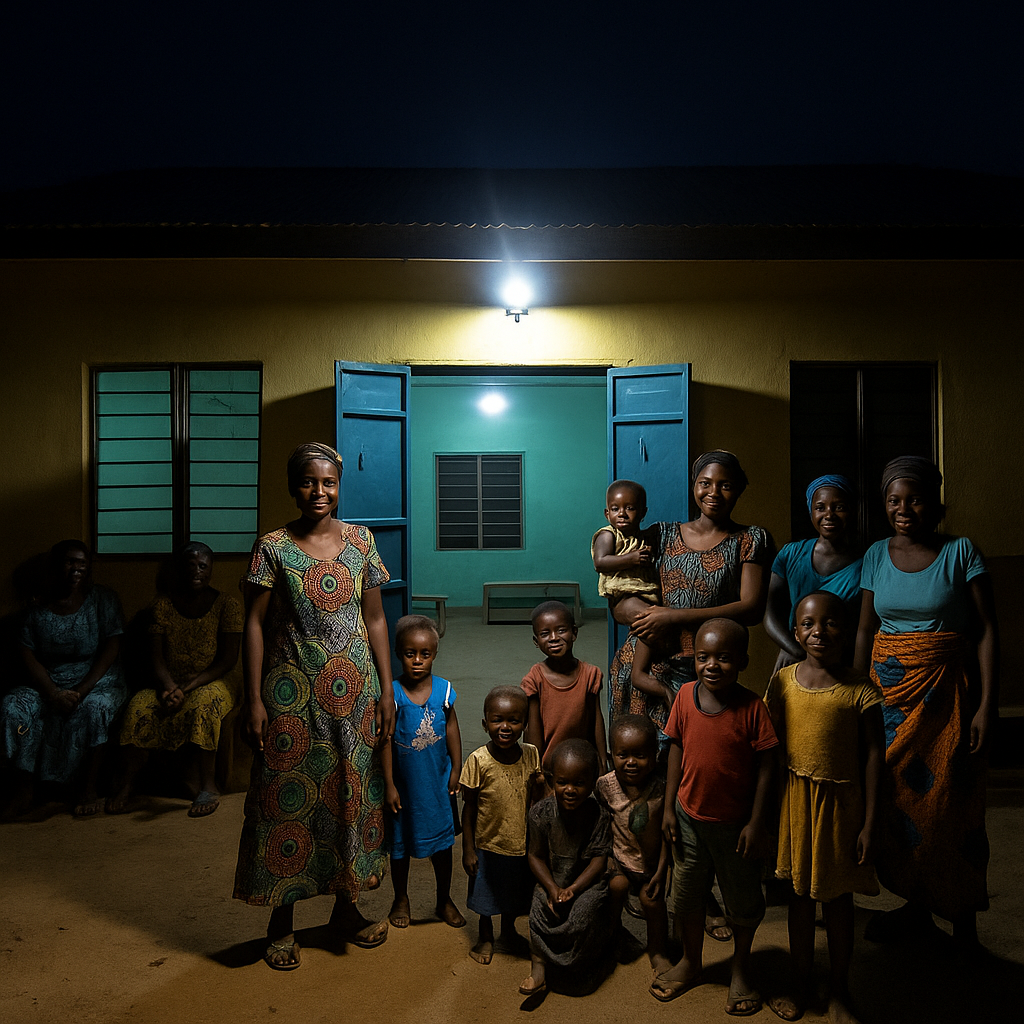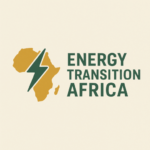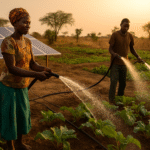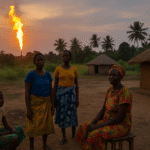In Sub-Saharan Africa, nearly 600 million people still lack access to electricity. In conflict-affected regions, this problem is compounded by displacement, insecurity, and crumbling infrastructure.
Traditional grid extensions are costly, risky, and slow to arrive. That’s where decentralised solutions like solar mini-grids become lifelines.
Nuru, the Congolese company behind Goma’s project, built its system with a simple goal: to provide affordable, reliable energy to a city long left in the shadows. It now powers clinics, small businesses, schools, and homes, offering a glimpse of what a decentralised energy future could look like.
“We don’t need promises of mega dams,” says Jean-Claude, a community leader. “We need power now, for our shops, our children, our hospitals.”
Indeed, decentralised energy is proving to be a quicker, safer path to electrification in places where government capacity is weak or conflict persists.
Women Leading the Charge
One of the most striking impacts of Goma’s mini-grid is how it has transformed opportunities for women.
Fatoumata, a seamstress and mother of four, recalls sewing by candlelight before the project arrived.
“Now I can work after dark,” she says. “My business has tripled, and I even employ two girls from the neighbourhood.”
Across Sub-Saharan Africa, women disproportionately bear the burden of energy poverty. From walking long distances for firewood to running small businesses without reliable power, their lives are shaped by the availability of energy.
Projects like Nuru’s don’t just light homes; they expand horizons, giving women greater financial independence and reducing health risks from indoor air pollution.
A Blueprint for Fragile States
Goma’s mini-grid isn’t an isolated case. Its success holds lessons for fragile contexts across Sub-Saharan Africa.
In northern Nigeria, where conflict with insurgent groups has displaced millions, similar community-scale energy projects are being explored to rebuild shattered economies.
Mali, too, faces chronic insecurity in its northern and central regions, making decentralised, low-maintenance energy solutions like mini-grids a practical fit.
Burkina Faso, grappling with both terrorism and severe energy deficits, is also looking toward off-grid solar as part of its resilience strategy.
As the International Renewable Energy Agency (IRENA) notes, off-grid solutions are increasingly vital for reaching remote and fragile areas, providing both immediate relief and long-term development gains.
Yet for these solutions to succeed, they need more than technology. They require finance, local ownership, and political will.
From Donor Projects to Community Power
A persistent challenge with many energy projects in Africa is that they are designed and driven by external actors, with limited community input.
Goma’s mini-grid breaks that mould. Nuru engaged local cooperatives, trained community technicians, and ensured pricing reflected local realities.
This model could inspire wider replication across Sub-Saharan Africa, shifting from donor-driven projects to community-owned power systems.
In our previous coverage, “Africa’s Energy Transition Must Centre People, Not Just Technology”, we argued that community involvement is key to making Africa’s energy transition truly just.
Goma’s experience proves that point. When communities lead, projects endure.
A Glimmer of Hope
Energy poverty in Africa is often described in bleak terms: millions without power, billions needed in investment, decades until full access.
But Goma’s lights tell a different story.
They show that even in the harshest conditions, clean energy can restore hope, drive economic revival, and empower the most marginalised.
“We are no longer just survivors,” Amina says, smiling under the clinic’s new solar lights. “We are becoming builders of our future.”
That future doesn’t have to wait decades. It can start with one mini-grid, one community at a time.



